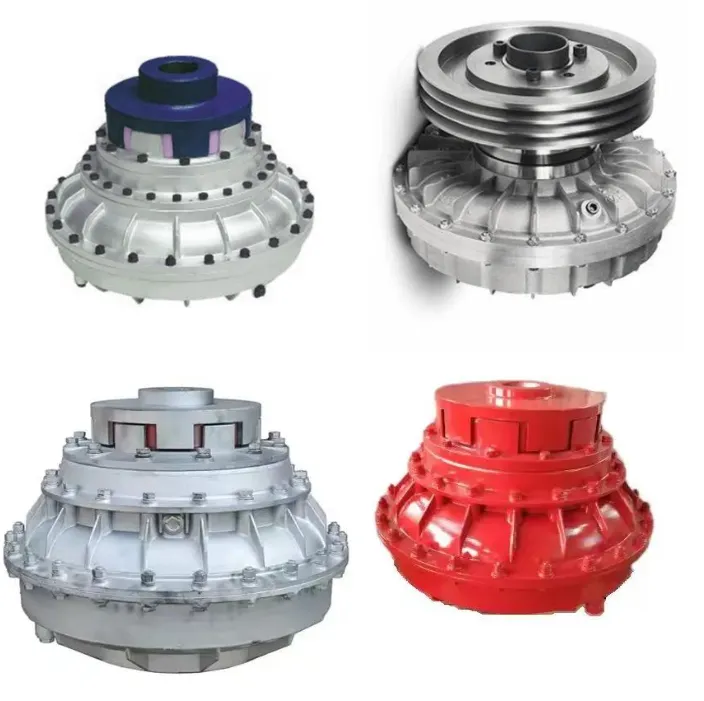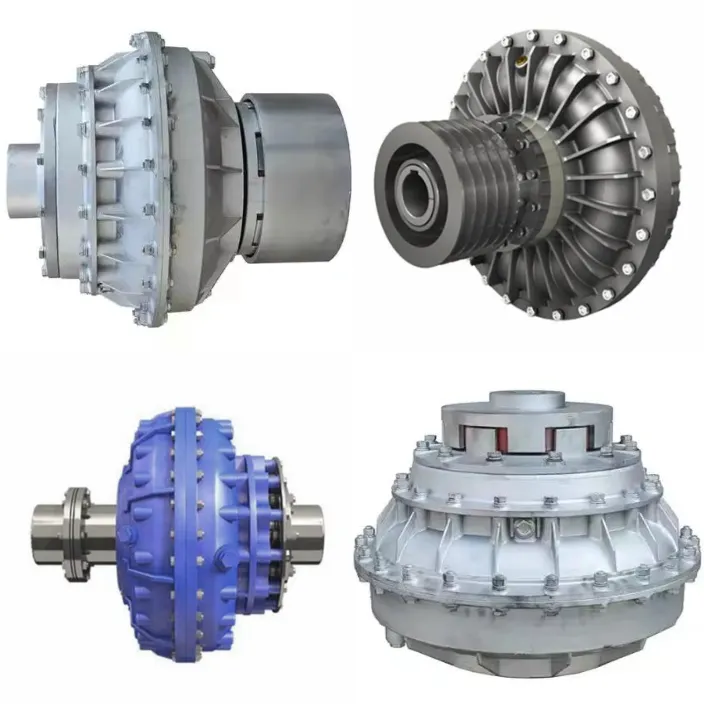Hydraulic Test Coupling
Introduction to Hydraulic Test Coupling
Hydraulic test couplings are pivotal components in fluid power systems, designed to facilitate the easy measurement of pressure and the extraction of fluid samples. They are indispensable in maintaining system integrity and ensuring operational efficiency.
Components of a Hydraulic Test Coupling
A hydraulic test coupling typically comprises a check valve, body, and protective cap. These elements work in tandem to provide a reliable and leak-proof connection point for pressure gauges and diagnostic equipment.
Material Composition
Hydraulic test couplings are often fabricated from high-tensile steel or stainless steel, materials that offer superior durability and resistance to corrosion. This ensures longevity even in harsh environments.
Design Variations
There are various design configurations available, each tailored to specific applications. Common variants include screw-to-connect and push-to-connect designs, which cater to different operational needs and preferences.
Applications in Industrial Settings
These couplings are extensively used in sectors such as manufacturing, aerospace, and automotive industries. They facilitate routine maintenance, troubleshooting, and system optimization.
Advantages of Using Hydraulic Test Couplings
One of the primary benefits is the ease of pressure monitoring without system shutdown. Additionally, they minimize fluid loss and contamination risks during diagnostic procedures.
Installation and Maintenance Tips
Proper installation is key to avoiding leaks and ensuring accurate readings. Regular inspection and timely replacement of worn-out components can prolong the service life of the couplings.
Standards and Certifications
High-quality hydraulic test couplings adhere to industry standards such as ISO 15171-1, ensuring compatibility and safety. Certification from recognized bodies guarantees performance and reliability.
Compatibility with Hydraulic Fluids
These couplings are designed to work seamlessly with various hydraulic fluids, including mineral oils, synthetic oils, and water-based fluids, enhancing their versatility.

Pressure Range Handling
Hydraulic test couplings can handle a wide range of pressure ratings, from low-pressure systems to high-pressure applications, making them suitable for diverse operational scenarios.
Temperature Tolerance
They are engineered to withstand extreme temperatures, ensuring functionality in both hot and cold environments. This makes them reliable across different climatic conditions.
Environmental Considerations
The environmental footprint of these couplings is minimized through the use of eco-friendly materials and manufacturing processes, aligning with sustainability goals.
Customizability
Manufacturers offer customization options to meet specific needs, including different thread types, sizes, and material coatings, providing tailored solutions for unique applications.
Emerging Trends in Hydraulic Couplings
Innovations such as quick-connect designs and enhanced sealing technologies are setting new benchmarks in the industry, offering improved efficiency and ease of use.
Future Prospects
The future of hydraulic test couplings looks promising with ongoing advancements in materials science and engineering, paving the way for more robust and efficient solutions.
What is the function of hydraulic coupler?

Hydraulic couplers serve several critical functions in hydraulic systems:
- Connection and Disconnection: They facilitate the quick and easy connection and disconnection of hydraulic lines without fluid leakage.
- Pressure Regulation: They help in maintaining and regulating the pressure within the hydraulic system, ensuring optimal performance.
- Fluid Containment: Hydraulic couplers prevent the escape of hydraulic fluid, maintaining system integrity and preventing contamination.
- System Isolation: They allow for the isolation of specific parts of the hydraulic system during maintenance or repairs, minimizing downtime.
- Safety: Hydraulic couplers enhance the safety of hydraulic systems by providing secure connections that withstand high pressure and vibrations.
What are the two types of fluid coupling?

Fluid couplings are broadly classified into two types:
- Constant-fill Fluid Couplings: These couplings maintain a constant volume of fluid within the housing, providing consistent torque transmission. They are commonly used in applications where smooth start-up and shock load absorption are required.
- Variable-fill Fluid Couplings: These couplings allow the adjustment of the fluid volume within the housing, enabling variable torque transmission. They are ideal for applications requiring variable speed control and enhanced energy efficiency.
How do hydraulic quick couplers work?
Hydraulic quick couplers operate by allowing the rapid connection and disconnection of hydraulic lines. They typically consist of two main components: the male and female halves. When connected, the internal valves open to allow fluid flow. Upon disconnection, the valves close, preventing fluid leakage and contamination.
How to select or customize the appropriate hydraulic coupling?
Choosing or customizing the right hydraulic coupling involves several key considerations:

- Pressure Rating: Determine the maximum pressure the coupling will be subjected to and select a coupling with an appropriate pressure rating to ensure safety and reliability.
- Temperature Range: Consider the operating temperature range of the hydraulic system and choose a coupling that can withstand those conditions without degradation.
- Material Compatibility: Ensure the coupling materials are compatible with the hydraulic fluid used in the system to prevent corrosion and ensure long-term performance.
- Connection Type: Take into account the type of connection required (e.g., thread type and size) to ensure a secure and leak-proof fit.
- Custom Features: Identify any specific requirements such as anti-vibration features, quick-connect capabilities, or special coatings to enhance the coupling’s performance in your application.
HZPT, founded in 2006, is a professional manufacturer specializing in the development and production of high-precision couplings, ball screw support units, motor brackets, and motion modules. Our coupling product line includes servo motor couplings, stepper motor couplings, miniature motor couplings, encoder couplings, and more.
Advantages:
- Advanced Technology: We employ cutting-edge technology in our manufacturing processes, ensuring the highest quality and precision in our products.
- In-house R&D Center: Our dedicated research and development center allows us to continuously innovate and improve our product offerings.
- In-house Processing and Testing: With our own processing and testing systems, we maintain strict quality control and ensure product reliability.
- ISO 9001:2015 Certified: Our adherence to ISO 9001:2015 certification standards guarantees consistent quality and customer satisfaction.
- ROHS Compliant: Our products comply with ROHS standards, reflecting our commitment to environmental sustainability.
Currently, we offer over 30 product lines that are widely used in industries such as electronics, solar energy, photovoltaics, machine tools, packaging, molds, medical devices, printing, and more. Our products have gained recognition and widespread use from top-tier customers in Japan, the USA, Germany, Israel, Malaysia, Singapore, Taiwan, and other regions.
We invite you to explore our high-quality hydraulic couplings and experience the excellence that sets HZPT apart. Partner with us for your hydraulic needs and leverage our expertise and innovative solutions to achieve unparalleled performance and reliability in your applications.